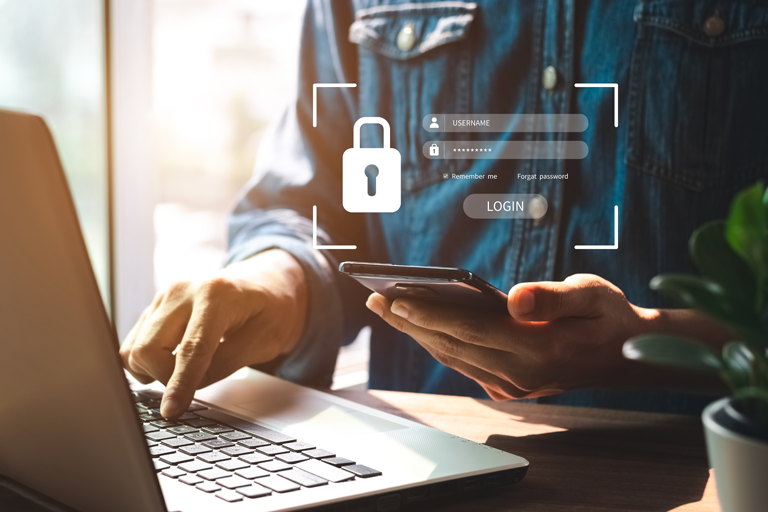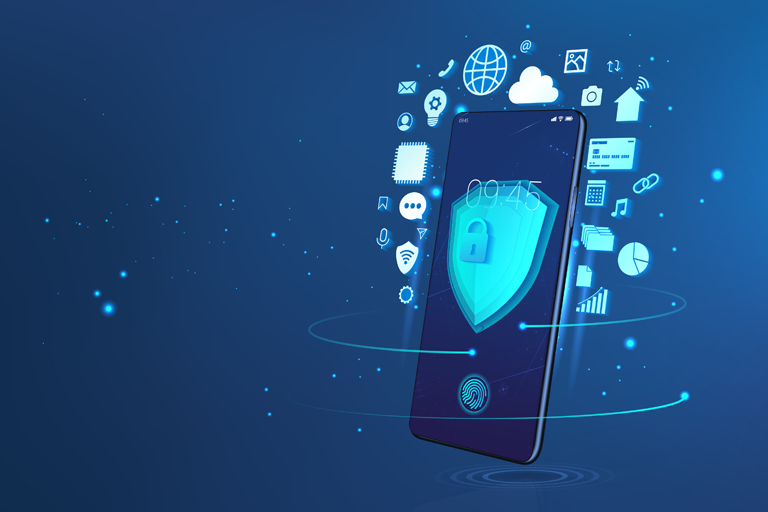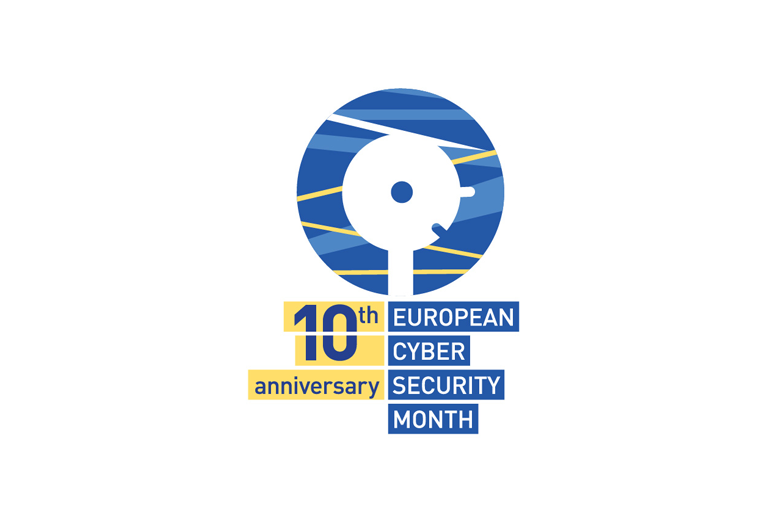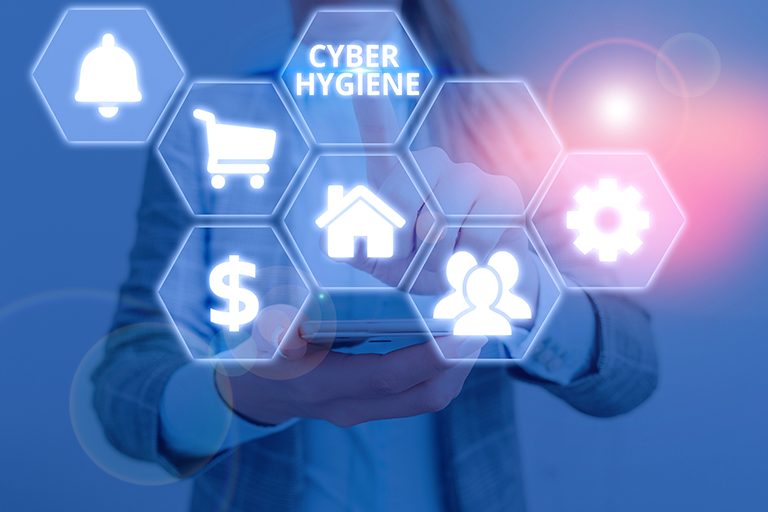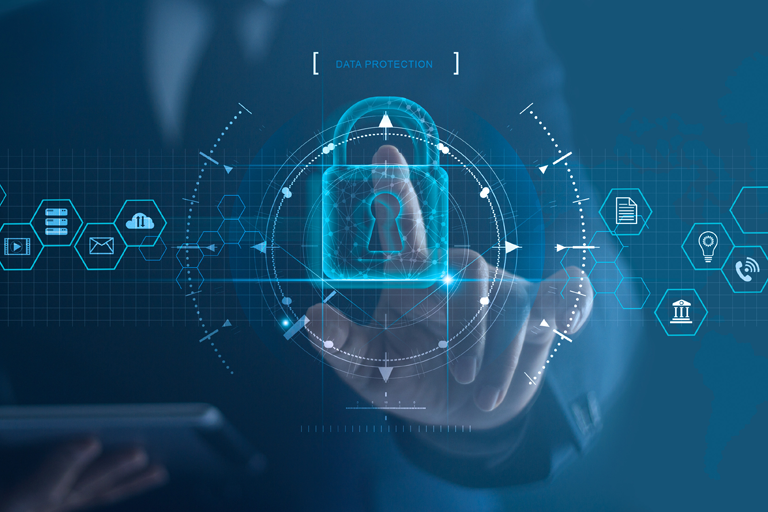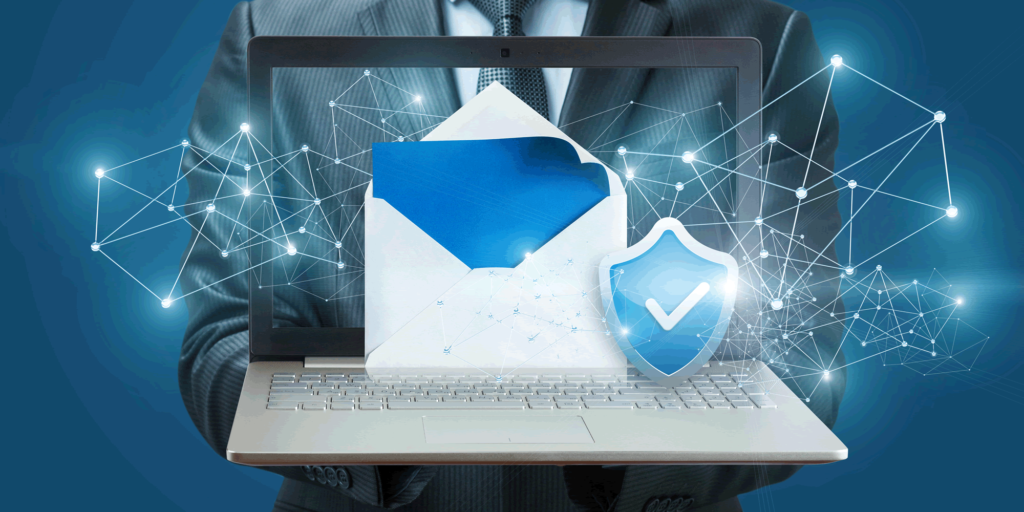The Basics
#LAYERUP for World Password Day this May
May 4th is already a popular date for fans of a certain sci fi franchise, but hopefully the date doesn’t just pass you by without you noticing it’s also World Password Day! Once you have stopped celebrating this momentous occasion and the cake is all gone, perhaps don’t groan too much at the idea of…
Read MorePhishing Scams 101
Phishing scams have become a pervasive threat to businesses of all sizes and industries. These attacks involve the use of deceptive emails, texts, and phone calls to trick individuals into divulging sensitive information or clicking on a link that infects their device with malware. The consequences of a successful phishing attack can be devastating for…
Read MoreTop mobile security threats and how to protect against them
Our mobile phones are rarely more than an arm’s reach away, they are our fastest gateway to the digital world, and this is not something that has gone unnoticed by hackers. Here we will look at the top mobile security threats and how you can protect against them. According to the ONS report for…
Read MoreOctober is European Cyber Security Month
With October being the 10th Annual European Cyber Security Month, we thought it would be a good idea to summarise some key principles and recent cyber security industry updates. We will also cover some events and activities over the month you can participate in as part of an international programme of cyber security related content…
Read MorePassword protection pitfalls and how to avoid them.
What’s in a name? We are frequently reminded and prompted every time we make a new password to ensure it is ‘strong’ and not easily guessable or hackable by bad actors and hackers. Despite these warnings many people still use repeated passwords or combinations of names of loved ones and birthdays or other significant dates…
Read MoreHow to build brand trust online
Brand theft and ‘form jacking’ In our recent articles we have been discussing the scope of online threats and the ways you can protect and mitigate against cyber-attacks. Be they through your email, connected networks or digital assets, these threats exists and one issue this has created that we haven’t yet touched upon is an…
Read MoreCyber hygiene – prevention is better than cure
What is cyber hygiene Cyber hygiene is an ordered routine of specific tools, checks and practices which safeguard the handling of essential data, and secure networks and ‘attack surfaces’ (the areas in your network that are vulnerable to attack). Cyber hygiene practices are specific to the needs of the organisation and of specific individuals or…
Read MoreWhy does your organisation need a cyber security policy?
In our last post we discussed the impact of our working from home (WFH) and hybrid remote working styles on organisational security. The context for this is a rapidly expanding cybersecurity sector and a critical level of cyber-attacks from hackers in response to new technologies and software that seek to prevent them. In turn there…
Read More3 of the Most Common Business Email Compromise Attacks in 2021
What are the most common business email compromise attacks and what strategies or tactics can you use to mitigate against them? Learn about it here.
Read MoreNew Industries Should Get Ready to Comply with the Revised Directive on Security of Network and Information Systems (NIS2)
New industries will need to comply with the revised NIS2 directive. How will these proposed changes effect your company?
Read MoreWhat Is An Insider Threat and How Do You Deal With It?
34% of data breaches in the 2019 Verizon Data Breach Report involve internal actors. Read our post to learn how to prevent insider threats.
Read MoreWhy Should You Digitally Sign Emails?
Protect your organisation from the increased phishing attacks targeting organisation employees with these direct examples and tips for employers.
Read MoreTop 4 Requirements for Email Security
Email security has 4 tenants. Learn about message integrity, authenticity, confidentiality and non-repudiation in this article.
Read More
